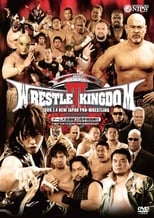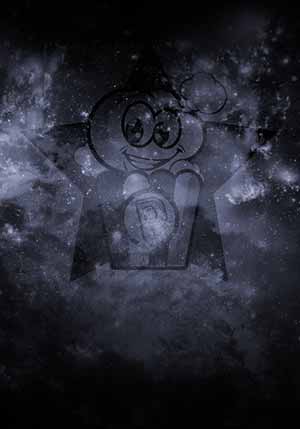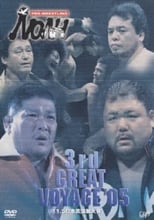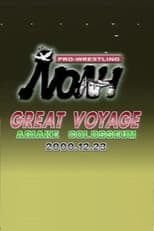Mitsuharu Misawa
¿Quién es Mitsuharu Misawa?
Debuting in 1981, Misawa became the second incarnation of the Tiger Mask gimmick in 1984, which he wrestled as, through to the decade's end. After the departure of Genichiro Tenryu, Misawa unmasked mid-match in May 1990 and began a rivalry with company ace Jumbo Tsuruta. Misawa's victory over Tsuruta on June 8, 1990 led AJPW to sell out every Tokyo event they held into early 1996, and as Tsuruta receded from the main event due to hepatitis, Misawa was cemented as AJPW's ace when he won the Triple Crown Heavyweight Championship from Stan Hansen in August 1992 and held it for the longest reign in the title's history. Misawa remained atop the company throughout the 1990s, and following the death of president Giant Baba in 1999, Misawa inherited his position, but conflicts with widow and majority shareholder Motoko Baba led to his removal in May 2000. After this, Misawa led a mass exodus of the promotion's talent to form Noah. Noah was successful in the first half of the decade, but as business declined and top star Kobashi left in 2006 for cancer treatment, Misawa continued to work a full-time schedule, despite mounting injuries, for the company's survival. On June 13, 2009, during a tag match in Hiroshima with Go Shiozaki against Akitoshi Saito and Bison Smith, Misawa died after a belly-to-back suplex from Saito.
Misawa was an eight-time world champion, having won the Triple Crown Heavyweight Championship five times and the GHC Heavyweight Championship three times. He was also an eight-time world tag team champion. Fifty-three of the sixty-nine events at the Nippon Budokan that Misawa headlined were sellouts, a drawing record that has been compared to Bruno Sammartino's run at Madison Square Garden. Misawa was named Wrestler of the Year by the Wrestling Observer Newsletter on three occasions, and holds the record for most WON five star matches, with 24. He is also one of the nine wrestlers to have been awarded a six-star rating by the publication, for his match with Kawada on June 3, 1994, which has been specifically cited as one of the greatest professional wrestling matches of all time.
Trabajos destacados
Géneros más habituales en las películas de Mitsuharu Misawa
Géneros más habituales en las series de Mitsuharu Misawa
Compañeros de trabajo recientes de Mitsuharu Misawa
Las imágenes y retratos de actores y actrices mostrados en este sitio web son obtenidos de la base de datos pública de The Movie Database (TMDb), utilizada bajo los términos y condiciones de dicha plataforma. En caso de que alguna imagen o fotografía sea incorrecta, ofensiva, o pueda infringir derechos de imagen o copyright, puede ser editada o eliminada directamente en TMDb. Esto provocará su eliminación automática en este sitio web. Adicionalmente, si usted desea solicitar la eliminación de una imagen directamente en nuestro sitio web, puede utilizar el formulario de contacto ubicado al pie de la página. Atenderemos su solicitud de manera expedita y tomaremos las medidas necesarias para garantizar el cumplimiento de los derechos aplicables.
The images and portraits of actors and actresses displayed on this website are sourced from the public database The Movie Database (TMDb), used in accordance with its terms and conditions. If any image or photograph is incorrect, offensive, or may infringe image rights or copyright, it can be edited or removed directly on TMDb. This will automatically result in its removal from this website. Additionally, if you wish to request the removal of an image directly from our website, you may use the contact form located at the bottom of the page. We will promptly address your request and take the necessary measures to ensure compliance with applicable rights.







